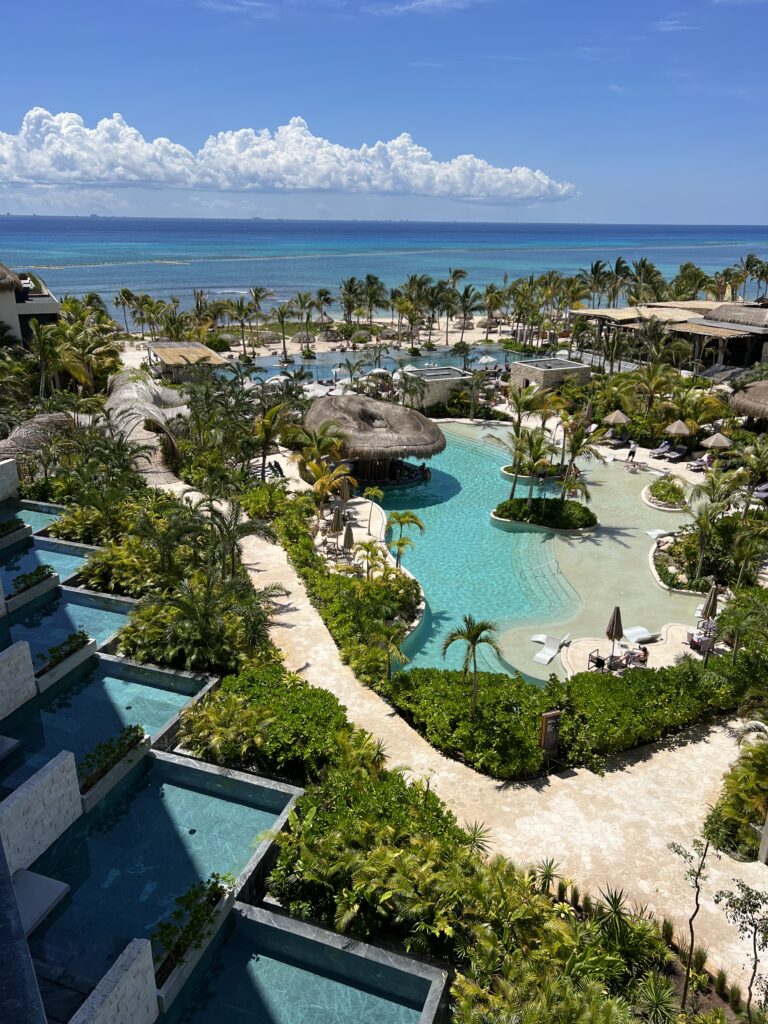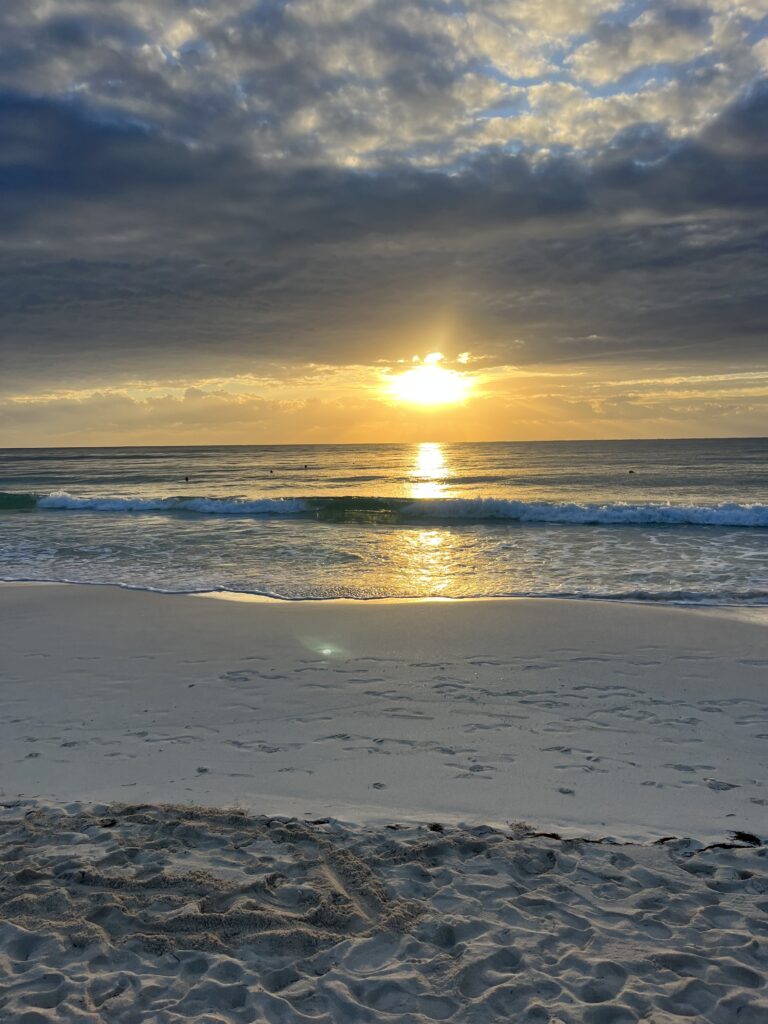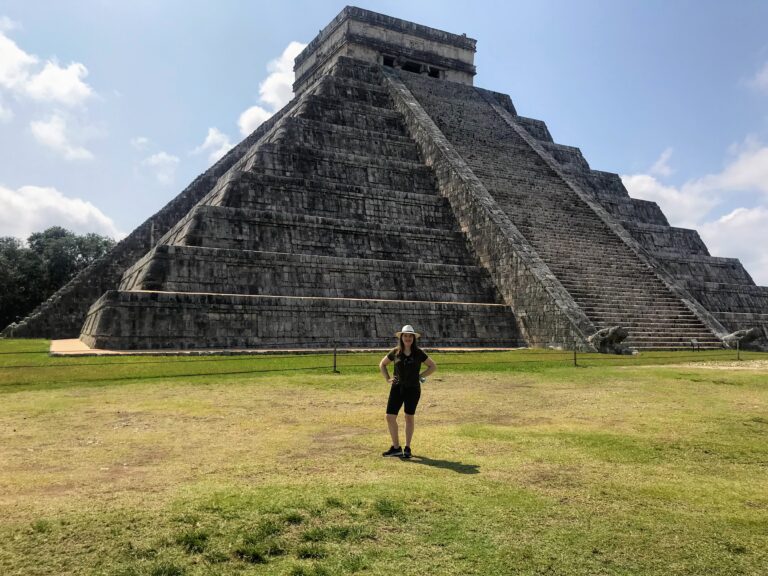The only major Mayan city built next to the sea, Tulum, Mexico, enjoys a spectacular setting, perched on a bluff above the Caribbean.
The city was still inhabited when the first Spaniards arrived, and it was said to be larger than Seville at that time. What remains today, however, is a rather small collection of buildings, at least when compared with such Mayan sites as Chichen Itza.
Unfortunately, Tulum has become a victim of its own success, and most of its buildings have been roped off to protect them from being damaged by large numbers of visitors. The best time to visit is early in the morning before the cruise-ship and tour-bus groups arrive—this way, you'll also avoid the hottest part of the day. Or take a snorkeling trip from a local tour company and see the ruins from the water instead.
In addition to the beach and ruins, downtown Tulum is a pleasant spot for a stroll. It has a little plaza with a church and a street full of restaurants, bars and shops. At night, some of the bars offer live music and a local ambience.
History
The archaeological site at Tulum dates from the postclassical period of the Maya (AD 900-1517) and was built in 1200. Since its creation, the main activity was commerce; it was the most important port of entrance to the Yucatan Peninsula. Products came from such places as Cozumel, Guatemala and Honduras.
When the Spanish arrived and converted the Maya to Catholicism, they were forced to abandon their ancient cities and build new ones with Spanish-style architecture, such as Valladolid in Yucatan.



































